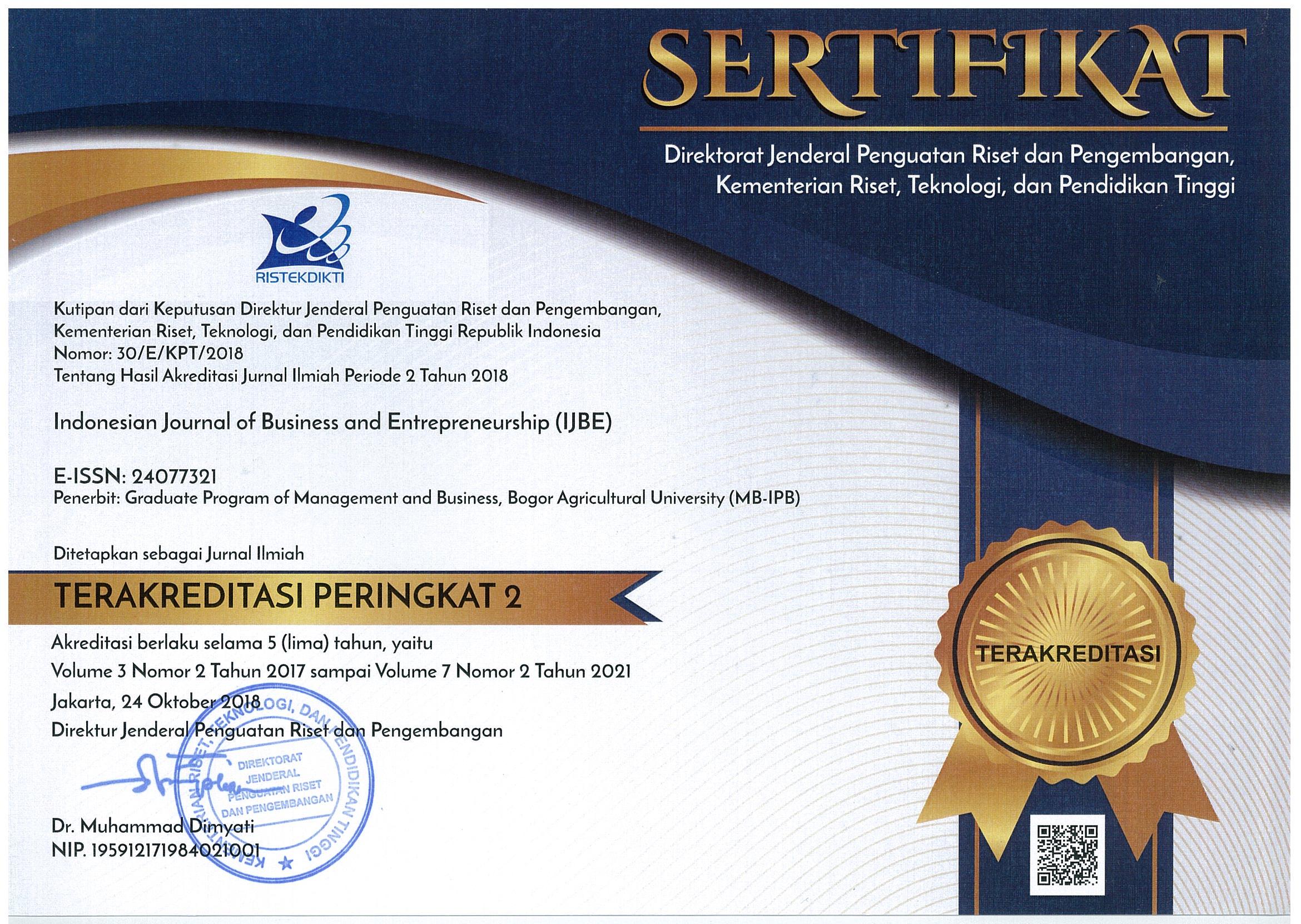The Development of Pantiku Application Business Strategy Using Business Model Canvas Approach
Abstract
Based on data from the Ministry of Social Affairs, there are 7,000 more orphanages in Indonesia and 500-600 thousand people are living in the orphanage. To make efficient operational activities and monitoring activities of the orphanage and to facilitate the provision of assistance, the orphanage uses the PantiKu application. The PantiKu application currently does not have an optimal business model so that the right strategy is needed to develop the business model. The objectives of this study are (1) To map the current PantiKu business model; (2) Analyze SWOT of current PantiKu business model; (3) Formulate and determine the strategy for developing the PantiKu business model. The method used in this study is the Business Model Canvas approach and SWOT Analysis. This research produces strategies for each BMC element including element (1) customer segment: serving orphanage volunteers by adding special volunteer features; (2) value proposition: providing ease of logistics processes and transactions by developing IoT technology and Fintech features; (3) channels: adding application tutorials using e-learning; (4) customer relationship: take advantage of opportunities for grants and business incubation and work together in CSR programs; (5) revenue stream: utilizing the use of digital financial instruments; (6) key resources: adding relationship development staff; (7) key activities: developing a data management dashboard and evaluate expenses; (8) key partners: adding strategic partner & collaborate with competitors; (9) cost structure: cost of research.
Keywords: pantiku, business model, business strategy, bmc, application development







